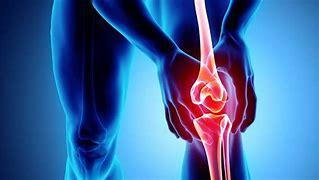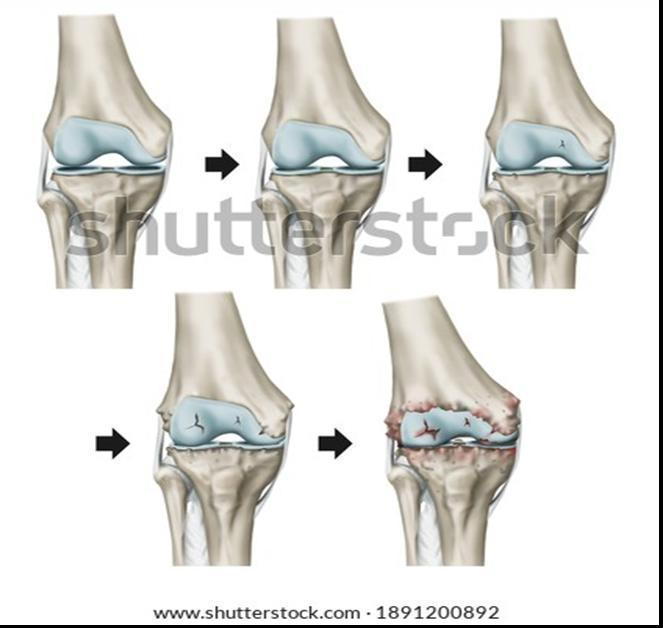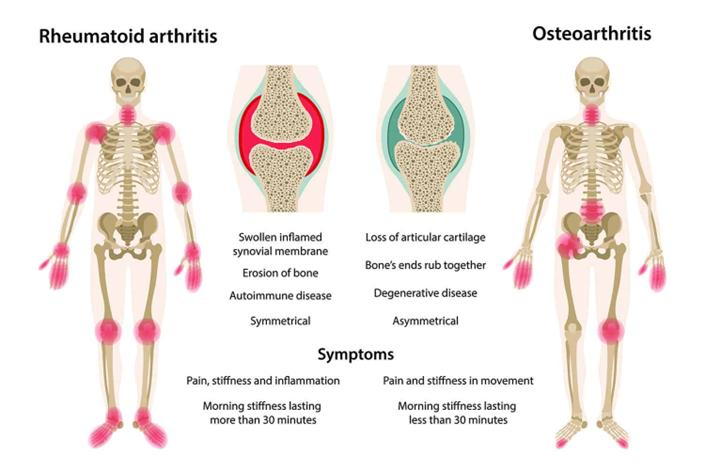
- posted: Mar. 26, 2024
The reason arthritis is such a common occurrence for individuals is because there are many risk factors as well as types of arthritis out there. Causes include a genetic predisposition, increased age, previous joint injury, overweight, strenuous working conditions, infection, smoking and your body’s own immune system attacking itself. A person’s lifestyle plays a large role in their contraction of arthritis; physically demanding jobs increases stress to joints, lack of motion like walking doesn’t allow for proper lubrication of joints. The point is, arthritis is common and has many contractable causes, we will discuss the different kinds as well as the dos and don’ts that come with avoiding or limiting our chances of having arthritis.
Arthritis is most commonly seen as osteoarthritis, rheumatoid arthritis, psoriatic and gout. Other forms include ankylosing spondylitis, lupus, juvenile arthritis, reactive and septic arthritis. The goal will be to discuss the big two, osteo and rheumatoid, and compare what makes them different and the symptoms they cause.
Osteoarthritis (OA) is the most common arthritis, where the cartilage around a joint is damaged causing the joint to lose its cushion and lubrication. They call this the wear-and-tear arthritis and is typically found in individuals older in age, obese, had a joint injury in the past, and/or had a job that was strenuous and repetitive. Symptoms include stiffness, loss of flexibility, grating sensation with movement, swelling and of course pain. This form of arthritis may also lead to bone spurs, or extra bits of bone that feel like lumps. The severity of osteoarthritis is graded and dependent on the integrity of the joint space in question.
Kellgren and Lawrence Classification:
- Grade 0 (none): Absence of x-ray changes at joint space
 Graded Progression 0 --> 4
Graded Progression 0 --> 4 - Grade 1 (doubtful): Doubtful joint space narrowing with possible osteophytic lipping
- Grade 2 (minimal): Osteophytes and joint space narrowing
- Grade 3 (moderate): Multiple osteophytes, definite narrowing of joint space and sclerosis with possible deformity of bone ends
- Grade 4 (severe): Large osteophytes, marked narrowing of joint space, severe sclerosis and definite deformity of bone ends
https://radiopaedia.org/articles/kellgren-and-lawrence-system-for-classification-of-osteoarthritis
Rheumatoid arthritis (RA) similar to that of osteoarthritis has age and excessive weight as risk factors, but where the two differ is that rheumatoid has a genetic link, your sex plays a role, as well as being a smoker. Rheumatoid arthritis occurs as your immune system attacks the healthy tissue of your joints. Normally the immune system’s job is to protect your body from infection and disease, but in the case of RA your body fights itself and eats at the soft tissue surrounding your joints. Rheumatoid typically affects the bodies small joints first- hands, fingers and toes then progresses to large joints of the elbows, knees, and shoulders. Another large difference between RA and OA is that RA can affect other areas besides the joints, such as: skin, eyes, heart, bone marrow, nerve tissue and lungs.

In order to avoid these forms of arthritis you can manage your weight, exercise, decrease inflammatory foods in diet, avoid injury, and quit smoking. (How to Prevent Arthritis: 9 Tips, Omega-3s, Exercise, and More (healthline.com)) Losing 10-20% of starting body weight can help improve pain, quality of life and improve function of joints. A combination of endurance and strength exercises for approximately 30 mins 5 days a week will reduce chance of acquiring arthritis. Increase intake of omega-3s in your diet to reduce inflammation in the body which in-turn reduces the amount of swelling and pressure on our joints. These are just a few of the many ways to prevent arthritis. Consult with your therapist or doctor for the best course of action for you in particular. Remember it is best to manage the symptoms earlier rather than later for better results and greater success because our bodies won’t be in as much pain or stiffness early on during the arthritis process.
Locations
212 Main Street
Stevensville, MT 59870, US
Office Hours
Our Regular Schedule
Closed
Closed
7 AM
6 PM
8 AM
6 PM
7 AM
6 PM
8 AM
6 PM
Closed
Closed
Closed
Closed

